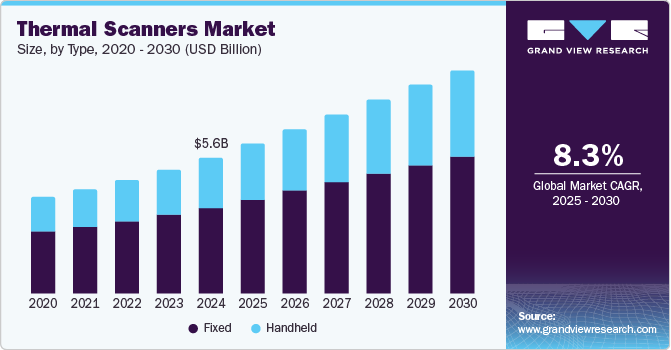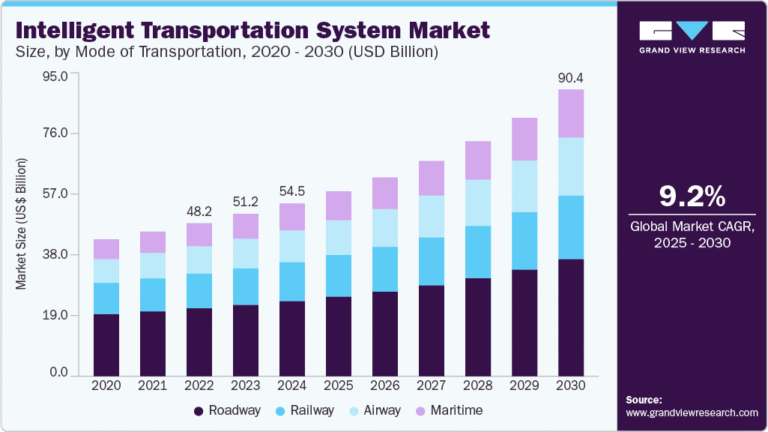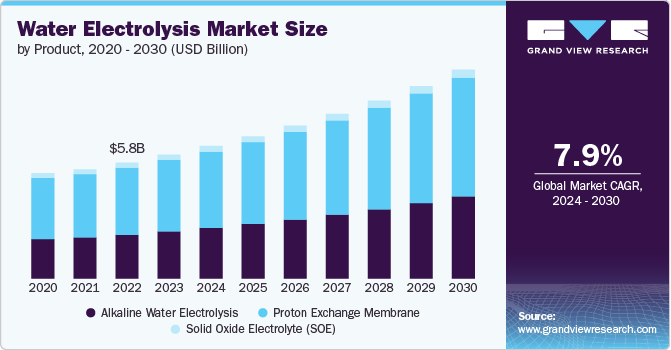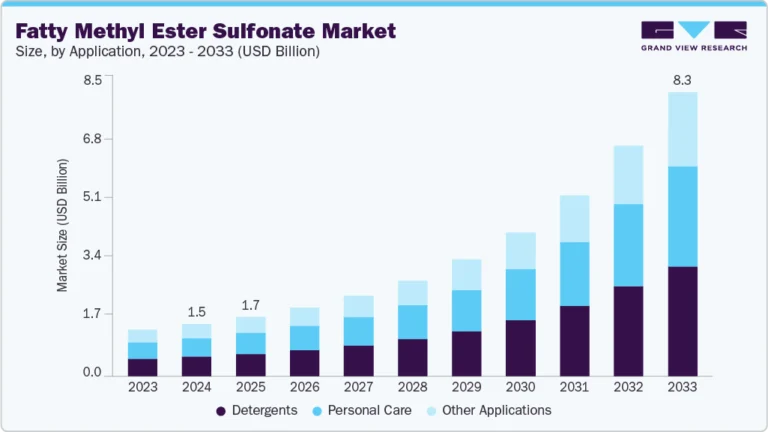Ballistic Protective Equipment Market Size, Share & Trends Analysis growing at a CAGR of 5.0% from 2025 to 2033
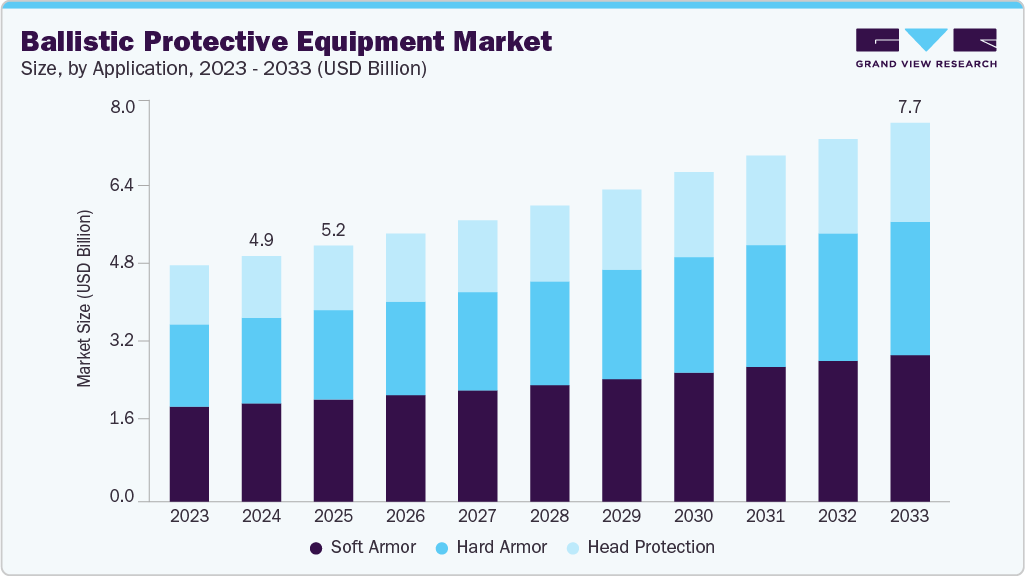
The global ballistic protective equipment market size was estimated at USD 4,990.6 million in 2024 and is projected to reach at USD 7,701.0 million by 2033, growing at a CAGR of 5.0% from 2025 to 2033. The market is experiencing steady growth, driven by rising demand from sectors such as defense, law enforcement, and security agencies worldwide.
Key Market Trends & Insights
- North America dominated the ballistic protective equipment market with the largest revenue share of approximately 38.6% in 2024.
- The market in U.S. is projected to grow at a robust CAGR of 5.5% from 2025 to 2033.
- By application, the head protection segment is expected to grow at a significant CAGR of 5.5% from 2025 to 2033 in terms of revenue.
- By end use, the law enforcement and security segment is expected to grow in revenue at a considerable CAGR of 5.3% from 2025 to 2033.
Market Size & Forecast
- 2024 Market Size: USD 4,990.6 Million
- 2033 Projected Market Size: USD 7,701.0 Million
- CAGR (2025-2033): 5.0%
- North America: Largest market in 2024
- Asia Pacific: Fastest growing region
Request a free sample copy or view report summary: https://www.grandviewresearch.com/industry-analysis/ballistic-protective-equipment-market/request/rs1
Ongoing geopolitical tensions, increasing investments in modernization of protective gear, and the need for lightweight, high-performance materials are fueling market expansion. Organizations are increasingly prioritizing ballistic equipment upgrades to enhance personnel safety and operational efficiency.
Another significant driver of the ballistic protective equipment market is the increasing preference for technologically advanced and lightweight protective gear. Manufacturers are introducing next-generation materials such as ultra-high-molecular-weight polyethylene (UHMWPE) and aramid composites that offer superior ballistic resistance while reducing soldier fatigue. In addition, modernization programs across defense and law enforcement sectors emphasize equipment upgrades to meet evolving threat profiles. The demand for modular, multifunctional, and ergonomic designs aligns with operational flexibility and enhanced tactical performance.
Market Concentration & Characteristics
The global ballistic protective equipment market is moderately fragmented, with a range of multinational corporations and numerous regional manufacturers and suppliers. While larger companies command notable market shares due to their R&D capabilities and extensive distribution, many small and medium-sized firms contribute to localized customization and innovation.
This competitive landscape fosters continuous application advancements, price competitiveness, and tailored solutions addressing specific end use needs across defense, law enforcement, and commercial security segments. Innovation in material science and digitized manufacturing processes drives new application introductions, although large-scale application upgrades are mostly led by industry leaders. Regional specialization and compliance with local ballistic standards further diversify the market.

